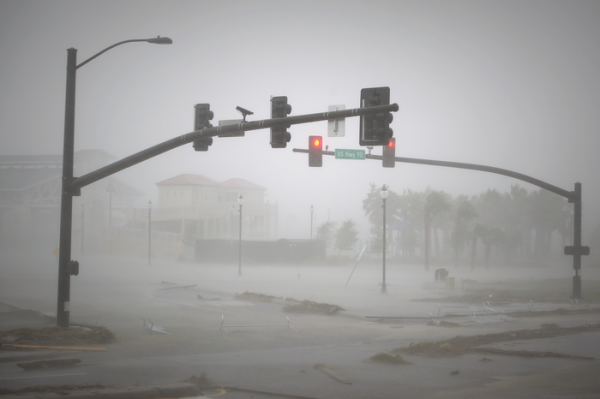As Earth warms due to climate change, people living near the coasts not only face a higher risk of major hurricanes, but are also more likely to experience a subsequent heat wave while grappling with widespread power outages.
Princeton researchers investigated the risk of this compound hazard occurring in the future under a “business-as-usual” climate scenario, using Harris County, Texas, as an example. They estimated that the risk of undergoing at least one hurricane-blackout-heat wave lasting more than five days in a 20-year span would increase 23 times by the end of the century. But there is some good news: Strategically burying just 5% of power lines — specifically those near main distribution points — would almost halve the number of affected residents.
Heat waves are the deadliest type of weather event and can become even more dangerous when regions that rely on air conditioning lose power. Historically, a heat wave following a hurricane has been rare, because the risk of extreme heat usually passes before the peak of the Atlantic hurricane season in late summer. As global temperatures rise, however, heat waves are expected to occur more often and hurricanes are likely to become more common and more severe, increasing the odds of hurricane-blackout-heat wave events.
Read more at: Princeton University - Engineering School
Climate change could make heat waves a dangerous hazard of future hurricanes. (Photo Credit: U.S. Navy photo by Mass Communication Specialist 1st Class R. Jason Brunson/Released)


